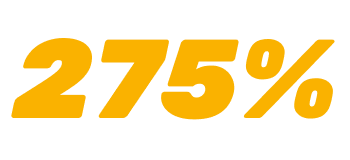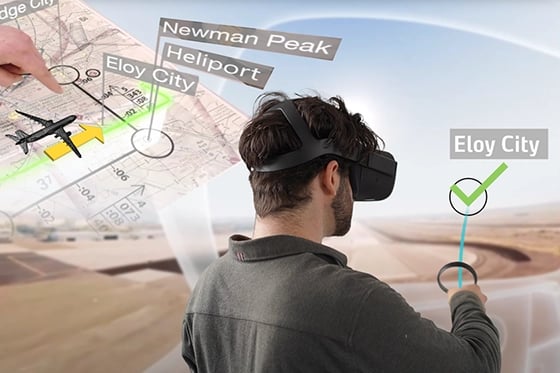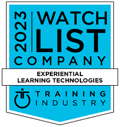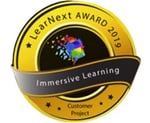Augmented Reality Training With Lufthansa
Lufthansa Cargo reduced its exam failure rate by 80% with 3spin Learning and AR.
Bring your learning programs to life with immersive learning scenarios without writing a single line of code.


By adding Virtual and Augmented Reality and Artificial Intelligence to your courses, learners feel much more connected to learning content, have more confidence and complete their training much faster.
Our powerful Virtual and Augmented Reality learning platform was developed to increase trainees' motivation to learn and reduce training costs.





Lufthansa Cargo reduced its exam failure rate by 80% with 3spin Learning and AR.
VR / AR & AI training is superior to other digital and classroom training forms – it can even be better than learning in the “real world".
In reality, dangerous training situations are often not feasible or can cause significant setup and traveling costs. Also, training can usually only be done once because of those restrictions.
Using AR / VR & AI any situation can be practiced safely anywhere with potentially unlimited repetitions, which are one of the main drivers of training success.











Product insights
Assessment of your particular requirements
Hands-on industry-specific case studies